DJI Osmo 360 vs Insta360 X5: A Real-World Comparison

Amazon Drone Deals: DJI Mini 5 Pro Fly More Combo with DJI RC2 now for $1,099!
Good day folks. Shawn here from Air Photography. In today’s video, we’re comparing the new DJI Osmo 360 against the Insta360 X5. This isn’t an overly technical breakdown, and it’s not from a 360 expert perspective. The focus is a real-world comparison based on how these cameras are actually used day to day.
Dynamic range matters
Most of this testing reflects typical use: capturing unique perspectives on an e-bike, dirt bike, or while hiking. 360 cameras excel here by delivering angles a regular action camera can’t, so dynamic range—how well a camera balances highlights and shadows—is critical. Under tree canopies, light can shift quickly and dramatically, and that’s where 360 cameras often struggle. Comparing the X5 and Osmo 360, there were some surprising results.
In bright, open scenes with abundant light, both handle dynamic range well and expose the scene nicely. Under mixed light, the Insta360 can blow out skies while exposing the rest of the frame, leading to lost cloud detail and a whiter sky. By contrast, the Osmo 360 typically preserves more cloud texture and a truer blue sky when both are set to full auto.
Exposure tools and HDR
The Insta360 X5 offers settings to help in challenging light. The newer Adaptive Tone feature improves balance in some scenes, though the Osmo 360 still tends to edge it in dynamic range. Enabling HDR on the X5 can also help, but it caps resolution to 5.7K, and even then the Osmo 360’s standard mode often matches or exceeds it for highlight retention. This matters when quick, reliable auto exposure is the priority under complex lighting.
It’s not flawless—both cameras can blow highlights at times—but overall the Osmo 360 more consistently retains sky detail through trees. In terms of perceived video quality in these sequences, both are quite similar otherwise. More samples are coming up, but first, a look at design and features.

Design, screens, mounts
There’s a clear shape difference between the two bodies without a universal advantage—it’s largely personal preference. The DJI is slightly lighter at 183 g, while the Insta360 is around 200 g. Both include built-in preview screens; the Osmo 360’s is smaller and horizontally oriented, while the X5’s is larger and vertical. Side-by-side, the DJI’s screen and body are more compact. Preferences here may depend on mounting distance and single-lens use.
The Osmo 360’s screen rotates with mounting orientation when orientation lock is disabled, making upside-down or sideways mounting easier to manage. The X5’s display does not rotate, which can complicate adjustments when mounted unconventionally. This can be important if the camera is flipped on an extension pole or mounted inverted.
Both support multiple mounting options, including a 1/4-20 thread on the bottom and magnetic mounts. Cross-compatibility is strong: Insta360’s Ace/Ace 2 Pro magnetic mounts attach to both, and DJI’s Action 4/Action 5 Pro mounts work with the Osmo 360. A new swivel magnetic mount designed for poles helps keep the camera straight for invisible extension poles in 360, while letting the angle pivot quickly for more natural vlogging in single-lens mode.
Ports, doors, and lenses on the DJI Osmo 360
Port and door design differ. The Osmo 360’s USB-C and battery doors use a latch that must be slid before opening, adding security against accidental opening, especially underwater. The X5’s battery door is latched, but its USB-C door relies on friction and can open more easily on bumps, which is not ideal if submerged and brushed against gear or clothing.
Lens vulnerability is a reality with 360 cameras due to protruding glass. Insta360 introduced user-replaceable lenses for the first time on the X5, allowing quick at-home swaps with a kit—a strong selling point. DJI’s Osmo 360 lenses are not user-replaceable, but DJI offers a lens replacement service even without Care Refresh, and it can be cheaper than purchasing an Insta360 lens kit. The tradeoff is downtime, as the Osmo 360 must be sent in for service.
Sensors, resolution, color
The Osmo 360 uses a new square sensor design that better matches the circular image projected by 360 lenses for improved efficiency, with a total sensor area approaching 1 inch. The X5 employs a 1/1.28-inch sensor. Larger effective sensor area generally contributes to better overall image quality, especially in dynamic range and low light. Both capture spherical 8K; the Osmo 360 records up to 8K at 50 fps, while the X5 tops out at 8K 30 fps.
Color depth and profiles differ. The Osmo 360 records 10-bit in both normal and flat profiles, including 10-bit D-Log M, which is advantageous for color grading and integrating with DJI drone/action workflows. The X5 supports a flat profile only at 5.7K, and captures 8-bit overall on the X5. For those who don’t grade and prefer standard color, this may be less critical; for color graders, it’s a significant distinction.
Photos and creative modes
For spherical photos, the Osmo 360 captures at 120 MP, while the X5 captures at 72 MP. When switching to 360 video shooting modes, the X5 offers a wider set: InstaFrame, time-lapse, TimeShift, Bullet Time, loop recording, Road mode, Starlapse, burst, interval, photo, and video. The Osmo 360 currently includes photo, video, SuperNight, Selfie mode, Vortex, and time-lapse. It’s a newer camera—feature growth via firmware is expected over time.
For the following 360 comparisons, each camera was recorded separately due to mounting limits, so framing varies slightly. Viewed on a 4K TV or full screen, overall image quality looks close. As with any 360, it won’t match a dedicated action camera’s best 4K clarity, but it’s impressively close versus past generations. The X5 can skew brighter and a touch overexposed at times, while the Osmo 360 often balances exposure across both lenses more evenly.
Low light and night
In practical use under tree cover on e-bikes or dirt bikes, reliable exposure is crucial, and the Osmo 360 tends to retain a bit more cloud detail in challenging scenes. Still, personal preference will play a role, and platform compression may differ from local playback on a tablet or TV. Another 8K 30 fps perspective shot on an extension pole and reframed in each companion app again yielded very similar results, with pleasing color from both.
For low light and night, both offer dedicated modes: Osmo 360’s SuperNight and X5’s PureShot. In typical night city scenes, twilight, sunrise, or sunset, both produce nicely exposed footage and color. This isn’t about extreme darkness, but general dim conditions; in such scenarios, both are usable and reliable for handheld or mounted filming.
Single-lens modes
A key advantage of modern 360 cameras is single-lens mode, behaving like a standard action camera from either front or back lens without needing app processing. On the Osmo 360, single-lens options are currently limited to Photo, Video, and Boost Video. The X5 offers Photo, Video, PureVideo, FreeFrame Video, Me Mode, and Loop Recording, including low-light PureVideo in single-lens mode—something the Osmo 360 lacks at the moment.
The Osmo 360 counters with higher single-lens resolution: up to 5K at 60 fps versus 4K maximum on the X5. It also has Boost Video for an ultra-wide 170° view, similar to using the Boost Lens Mod on the Action 5 Pro. Side-by-side single-lens chest-mounted comparisons at 4K30 (X5) and 5K30 (Osmo 360), both in normal color, look very close, with the Osmo occasionally holding highlights slightly better. Framing differences are expected due to separate runs.
Storage, waterproofing, fogging
The Osmo 360 includes 105 GB of built-in storage, while the X5 includes none. For waterproofing, the Osmo 360 is rated to 10 m and the X5 to 15 m. There are reports of Osmo 360 lens fogging; that hasn’t been tested here yet, but it’s worth noting for underwater shooters. For personal use, underwater 360 isn’t a priority, as dedicated action cameras generally deliver better underwater results.
An interesting hardware note: the Osmo 360 has power pins on the bottom for accessories that supply power directly, such as DJI’s upcoming extension handle, reducing cable clutter and battery swaps during long filming days or vlogging. This accessory is on the purchase list when available and should be helpful for extended use cases.
Battery and audio
Battery performance will be covered in a dedicated video on runtime and overheating. Quick notes: Osmo 360 is rated around 100 minutes at 8K30; the X5’s stock battery is rated for 93 minutes but can extend via Endurance Mode, and an optional Plus battery increases runtime further. A notable advantage for DJI users is cross-compatibility: Osmo 360 batteries work with the Action 5 Pro and vice versa, while the X5 and Ace Pro 2 batteries are not cross-compatible.
Audio handling in wind can vary, but both internal mics do a respectable job. The Insta360 X5 includes a built-in wind guard on the front that helps on windy rides. Example e-bike clips using built-ins only show substantial wind across the mics, which is an important real-world test since an external mic isn’t always available. Usable onboard audio remains valuable for spontaneous shooting.
Apps and editing
Companion apps and editing workflows are a major part of 360. Both can be edited in-app: the Insta360 app for the X5 and the DJI Mimo app for the Osmo 360, with desktop apps to be covered in a separate video. The Insta360 app remains more robust, featuring Instant Framing/Instant Edit and stronger AI tools, though some find the 2.0 update more menu-heavy and less direct. The DJI Mimo 360 editor is newer and more basic, but has the key tools: keyframing, tracking, gyro framing, and basic AI highlight selection.
Feature growth is anticipated for DJI Mimo as 360 editing matures on the platform. On wireless audio, the X5 pairs nicely with Insta360’s Air mic, while Osmo Audio support for DJI Mic Mini and DJI Mic 2 is particularly seamless on the Osmo 360, with solid options and straightforward setup. In this area, the Osmo 360 holds a practical advantage for quick, reliable pairing and control.
Final thoughts: DJI Osmo 360 vs Insta360 X5
Which 360 camera to choose? Both are excellent and will satisfy most users for quality and stabilization. Differences come down to feature priorities. The X5 has more creative modes today and user-replaceable lenses; the Osmo 360 offers stronger dynamic range consistency in many real-world scenes, 10-bit including D-Log M, higher single-lens resolution, built-in storage, accessory power pins, and tight ecosystem integration. Those invested in DJI mounts, batteries, and mics may find the Osmo 360 especially compelling.
More follow-up reviews are planned for both cameras, and a revisit in six months will assess firmware-driven changes and added features. For more, visit the Air Photography profile and YouTube channel.
Discover more from DroneXL.co
Subscribe to get the latest posts sent to your email.
Check out our Classic Line of T-Shirts, Polos, Hoodies and more in our new store today!

MAKE YOUR VOICE HEARD
Proposed legislation threatens your ability to use drones for fun, work, and safety. The Drone Advocacy Alliance is fighting to ensure your voice is heard in these critical policy discussions.Join us and tell your elected officials to protect your right to fly.
Get your Part 107 Certificate
Pass the Part 107 test and take to the skies with the Pilot Institute. We have helped thousands of people become airplane and commercial drone pilots. Our courses are designed by industry experts to help you pass FAA tests and achieve your dreams.

Copyright © DroneXL.co 2025. All rights reserved. The content, images, and intellectual property on this website are protected by copyright law. Reproduction or distribution of any material without prior written permission from DroneXL.co is strictly prohibited. For permissions and inquiries, please contact us first. DroneXL.co is a proud partner of the Drone Advocacy Alliance. Be sure to check out DroneXL's sister site, EVXL.co, for all the latest news on electric vehicles.
FTC: DroneXL.co is an Amazon Associate and uses affiliate links that can generate income from qualifying purchases. We do not sell, share, rent out, or spam your email.





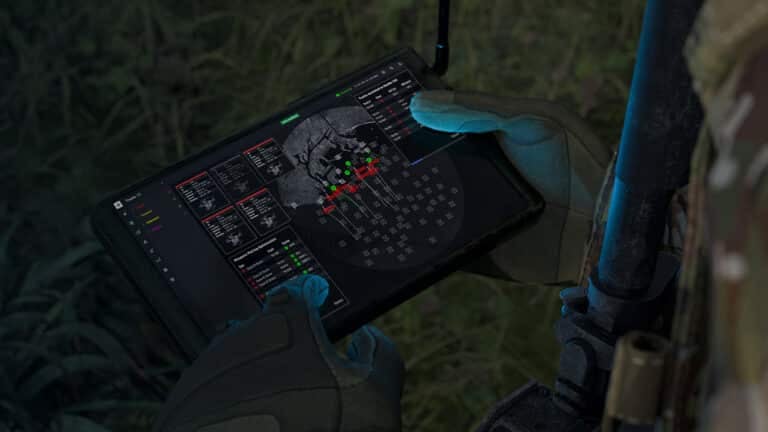
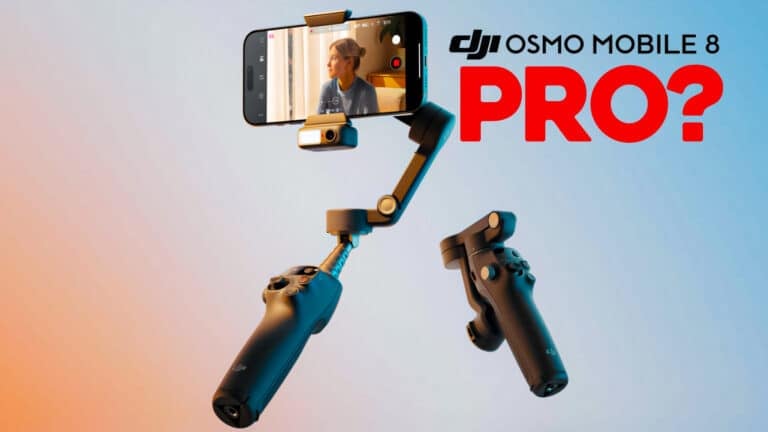

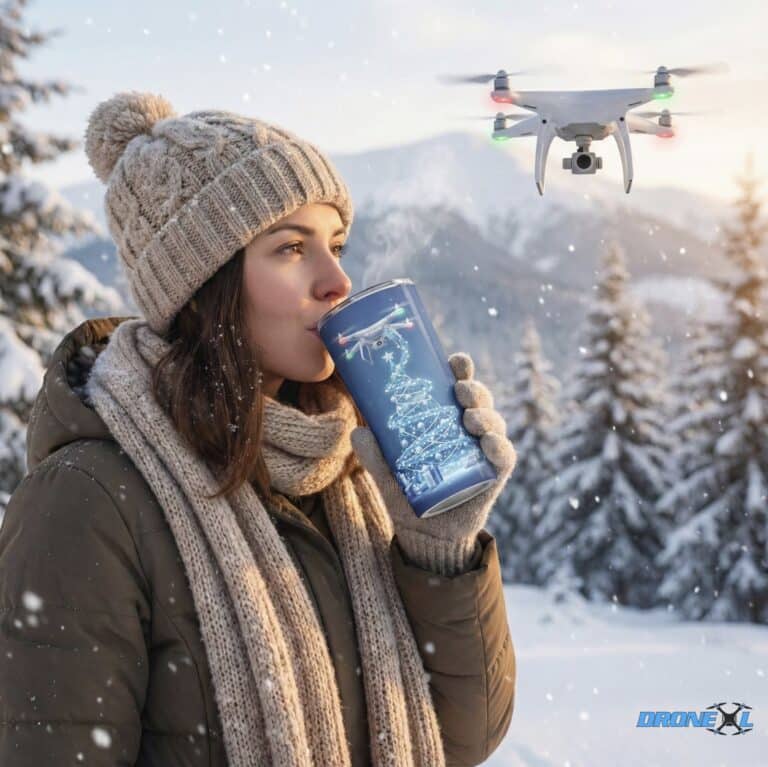
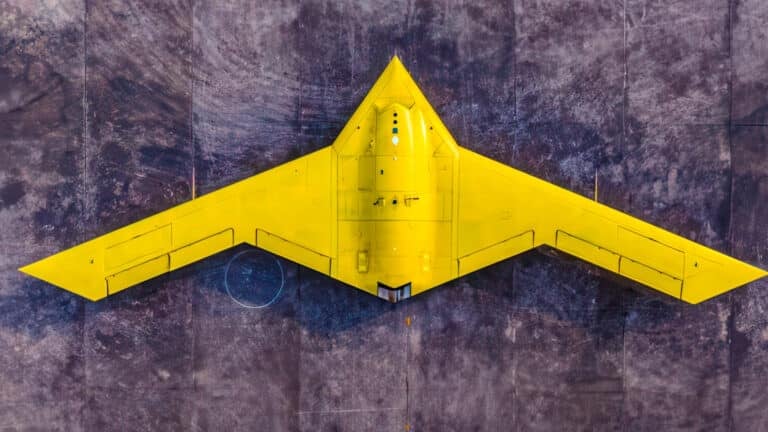







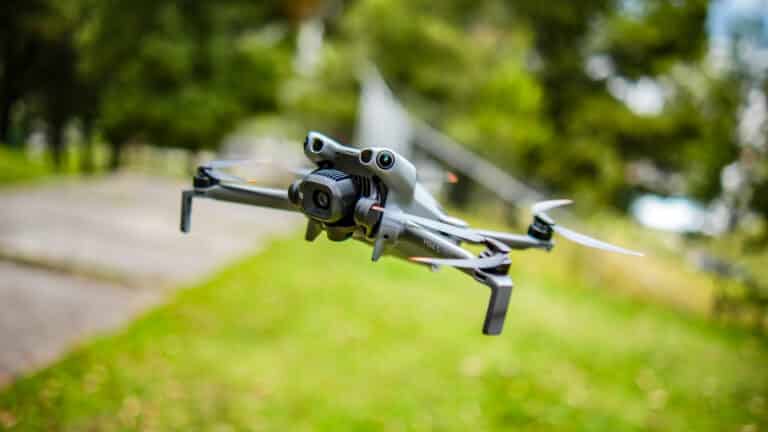

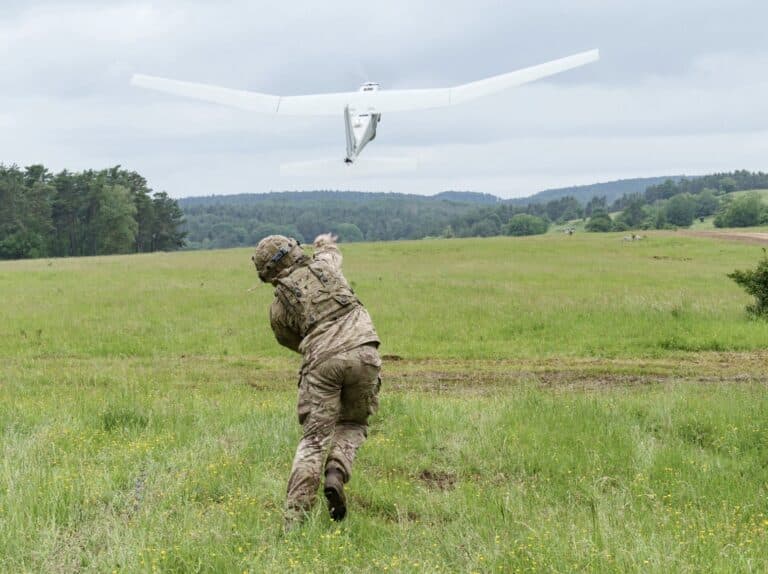
“DJI’s Osmo 360 lenses are not user-replaceable,”
It has to be noted that the Osmo 360 is designed to take clip on lens protectors that can be used while filming with minimal effect on image quality. I’m sure someone out there can hit the lenses hard enough to damage them with the protectors on, but it should prevent most bangs and scratches.